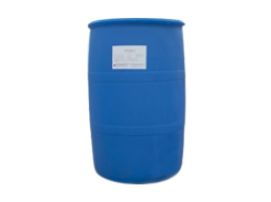Surfactant can reduce the interfacial tension and reduce the wetting angle θ Close to zero, the solid powder can be spontaneously dispersed in the surfactant solution. At the same time, the surfactant can help the liquid to wet the inner surface of the solid, make the liquid penetrate into the channels and voids between the aggregates inside the particles, provide a certain pressure, and destroy the strengthening bond force of the particle aggregates under the action of machinery.
At the same time, surfactant can help grinding, reduce the surface energy of particles and prevent the damaged surface from restoring bonding, so as to prevent particle coalescence. As a grinding aid, surfactant also plays a lubricating role, which can improve the specific surface area of products, shorten the grinding time and improve the grinding efficiency. Its action mechanism can be summarized as: reducing crushing energy, increasing the probability of brittle fracture, preventing plastic deformation, controlling the flocculation and aggregation of fine particles, strengthening dispersion and adjusting the rheology of slurry, etc.

The ordered groups of surfactant molecules show a variety of practical functions, such as emulsification, solubilization, wetting, adsorption, penetration, dispersion, defoaming, thickening and lubrication, which are used in various industrial fields.
It has been used in the production of traditional ceramics and special ceramics in the ceramic industry. The preparation of ceramics generally includes the following processes: powder preparation, powder mixing, molding, glazing and sintering. Each step will affect the quality of ceramic products. Surfactant can improve the agglomeration in the preparation of ultrafine powder, the uniformity of glaze and the performance of slurry. It has become the main additive in modern ceramic industry.